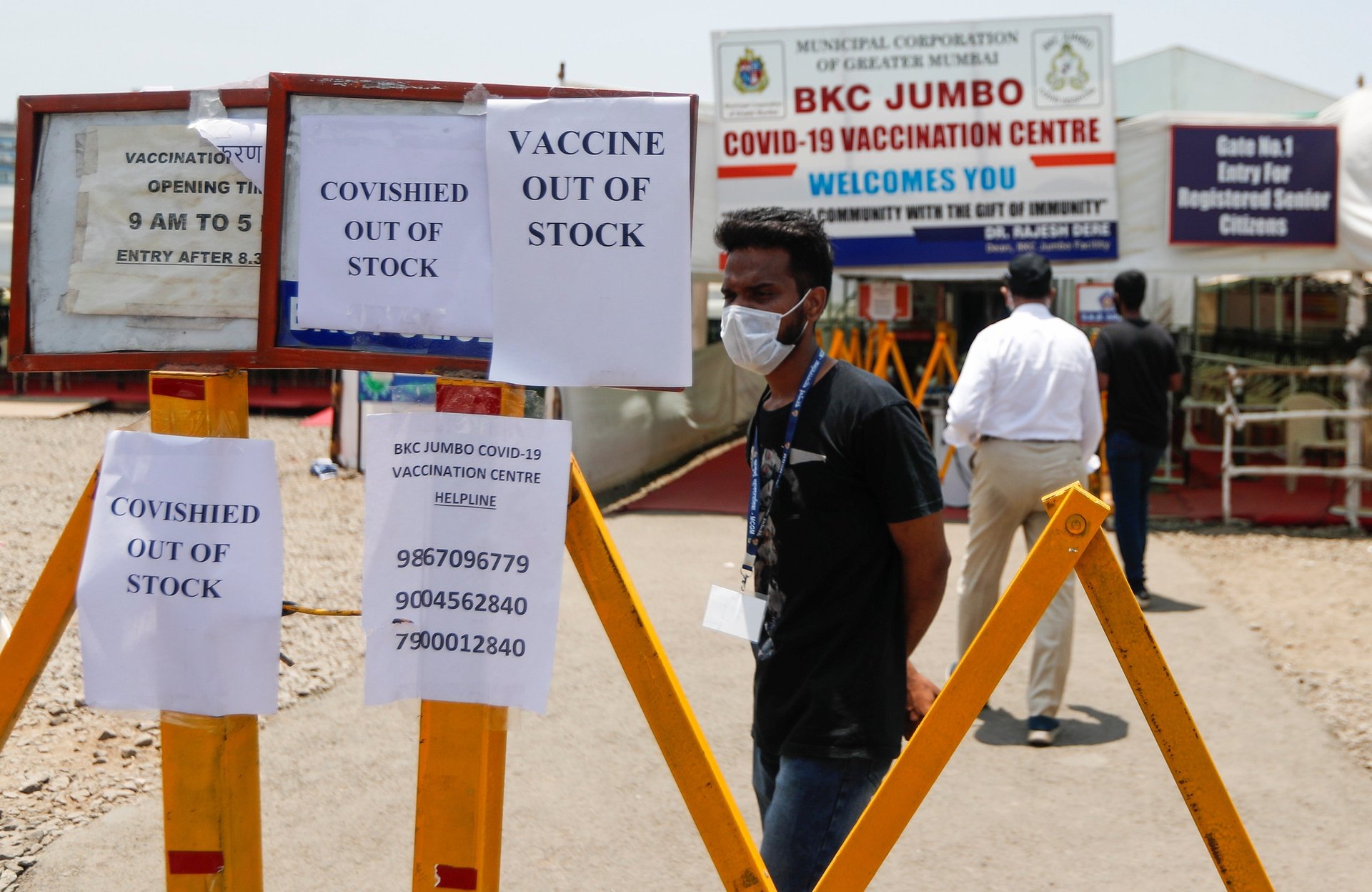India exported millions of vaccine doses during its own Covid emergency
There are only two proven methods of halting, or at least mitigating, the worst impact of the pandemic. One is the “zero Covid” strategy adopted by countries like New Zealand, based on aggressive testing, tracing, border control, and enforcement of rules. The other, which the UK somehow appears to be succeeding in, is a rapid mass vaccination program.


There are only two proven methods of halting, or at least mitigating, the worst impact of the pandemic. One is the “zero Covid” strategy adopted by countries like New Zealand, based on aggressive testing, tracing, border control, and enforcement of rules. The other, which the UK somehow appears to be succeeding in, is a rapid mass vaccination program.
The former is not an option in India, and never was. It is too densely populated, diffuse in governance, and lacks the infrastructure to stop Covid in its tracks in the manner of New Zealand. India needs a vaccination program: It is one of the world’s leading vaccine manufacturers and exporters, but contractual obligations have meant that millions of necessary shots did not stay at home.
India’s vaccine exports
According to government data, India has shipped 66 million doses overseas since January, easily enough to vaccinate the whole of Delhi, Mumbai, and Kolkata. In April alone, as India’s Covid crisis went from bad to catastrophic, nearly 2 million doses left the country. The most recent shipment went to Paraguay on Apr. 22, the day that India broke the world record for new infections.
Two days later, the US agreed to send more raw materials to help step up Indian production, with president Joe Biden lifting export restrictions. But a month earlier, Indian officials had told BBC News of a temporary ban on vaccine exports, despite contractual pressures; according to the export data, if there was such a ban, it could only have lasted a few days.
In June 2020, long before their vaccine had been authorized anywhere, the University of Oxford and pharma company AstraZeneca did a deal with the Serum Institute of India, a private company that obtained a license to manufacture “1 billion doses for low and middle-income countries.” India has its own vaccine, Covaxin, produced by Bharat Biotech. It is also licensed to manufacture two more, the US’s Novavax and Johnson & Johnson shots, but neither are authorized for use in India itself.
India also wants other major global vaccine makers, such as Pfizer and Moderna, to apply to license their products in India; authorization for these vaccines will be fast-tracked, the government says. So far, none of these shots are available, either for domestic use or export. Russia’s Sputnik V vaccine is authorized, but India has no supplies yet.
How many people have been vaccinated in India?
According to the New York Times’s vaccination tracker, more than 140 million people in India have received at least one vaccine shot, just over a tenth of the total population of the country. The UK, by contrast, has been able to vaccinate more than half its population.
The number of infections in India is overwhelming, with more than 300,000 new positive tests every day, and a sharp increase in fatalities, too. There were more than 300 Covid deaths in Delhi on Apr. 22, but these figures are likely to be vast underestimates of the true scale of the disaster.
The healthcare system is buckling, with shortages of medicines, hospital beds, and, crucially, oxygen to help severely ill patients breathe. There may even be a variant of the virus, with an apparent double mutation, that’s circulating and creating additional havoc.
From May 1, India will expand vaccine availability to everyone over the age of 18. The challenge now is to find the supplies, and then administer hundreds of millions of doses as quickly as possible.
Correction: An earlier version of this article stated that India banned vaccine exports in April 2021. It is not clear if this ever happened, and if it did, it was a month earlier.